Supply Chain Security Assessment
A supply chain security assessment is a comprehensive evaluation of the security practices, risks, and vulnerabilities associated with an organisation's supply chain. It involves analysing the end-to-end process, from sourcing and procurement to production and distribution, to ensure that all partners, suppliers, and third-party vendors meet the organisation's security standards and do not introduce unacceptable risks. The assessment aims to identify potential threats to the supply chain and implement measures to protect against disruptions, data breaches, and other security incidents.
Key Components of a Supply Chain Security Assessment:
Risk Identification and Mapping:
Identify potential risks in the supply chain, including physical, cyber, and operational threats.
Map out the entire supply chain, from suppliers to customers, to understand the flow of goods, information, and services.
Consider risks from various sources, such as geopolitical factors, natural disasters, or cyber threats.
Vendor and Supplier Evaluation:
Assess the security practices and policies of all suppliers and third-party vendors.
Evaluate vendors’ compliance with relevant security standards (e.g., ISO 27001, NIST), regulatory requirements, and industry best practices.
Review vendors' incident response capabilities and history of past security incidents.
Cybersecurity Assessment:
Evaluate the security of digital information exchanged between the organisation and its supply chain partners.
Check for potential vulnerabilities in systems used to manage the supply chain, such as Enterprise Resource Planning (ERP) or Supply Chain Management (SCM) software.
Assess partners’ network and data security practices to protect against cyber threats, such as data breaches or ransomware attacks.
Physical Security Assessment:
Evaluate the physical security measures in place at supplier facilities, including access controls, surveillance, and protection of sensitive materials.
Assess logistics and transportation security, ensuring that goods are protected from theft, tampering, or loss during transit.
Compliance and Regulatory Requirements:
Verify that supply chain partners comply with relevant legal and regulatory requirements for security (e.g., GDPR, CTPAT).
Ensure adherence to industry-specific standards, such as those in pharmaceuticals, aerospace, or food safety.
Incident Response and Business Continuity Planning:
Review the incident response plans of supply chain partners to ensure coordinated action during security events.
Assess business continuity and disaster recovery plans to evaluate resilience against potential disruptions.
Security Training and Awareness:
Evaluate the security awareness and training programs of suppliers to ensure employees understand security policies and best practices.
Ensure that security requirements are clearly communicated and enforced throughout the supply chain.
Continuous Monitoring and Improvement:
Implement ongoing monitoring of supply chain risks, including vendor security performance and threat intelligence updates.
Regularly update security assessments to account for changes in the supply chain, new risks, or changes in regulatory requirements.
Benefits of a Supply Chain Security Assessment:
Reduces Risk: Identifies and addresses security gaps that could expose the supply chain to cyber threats, physical theft, or other disruptions.
Enhances Resilience: Improves the organisation's ability to maintain operations in the face of supply chain disruptions.
Protects Data and Intellectual Property: Ensures that sensitive information shared with suppliers and vendors is properly safeguarded.
Supports Compliance: Helps meet regulatory requirements for supply chain security and risk management.
Strengthens Relationships: Builds trust with partners by demonstrating a commitment to supply chain security.
A supply chain security assessment helps organisations safeguard their supply chain against a variety of risks, enabling secure and uninterrupted business operations.

